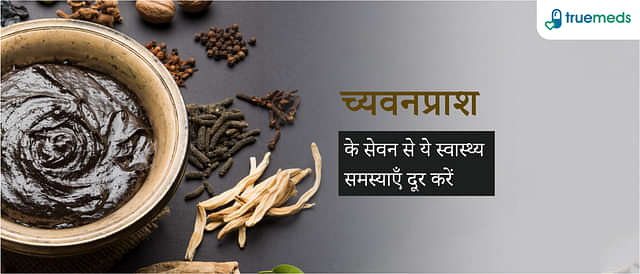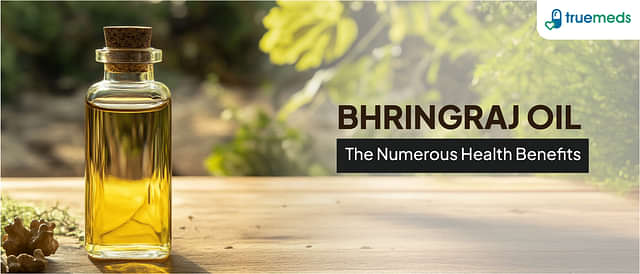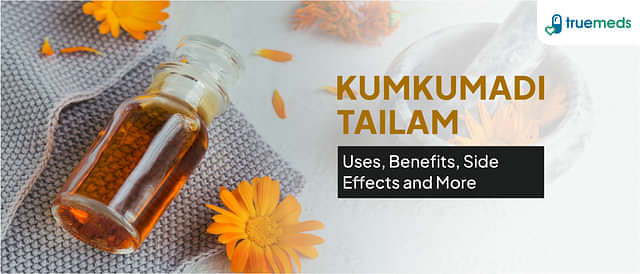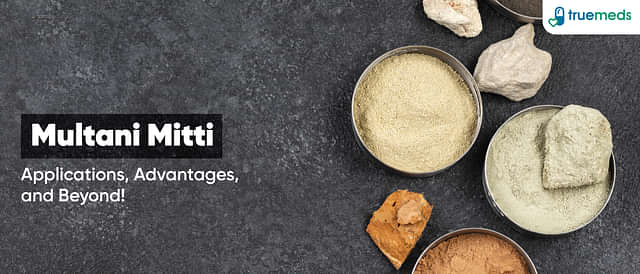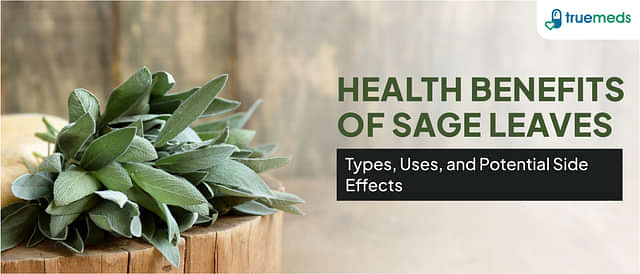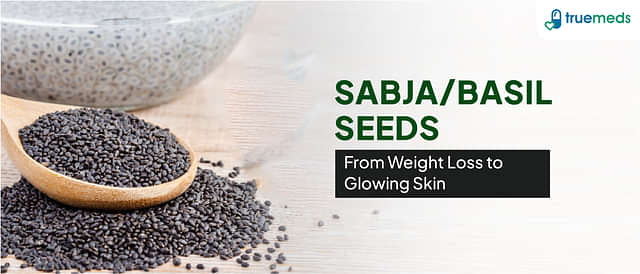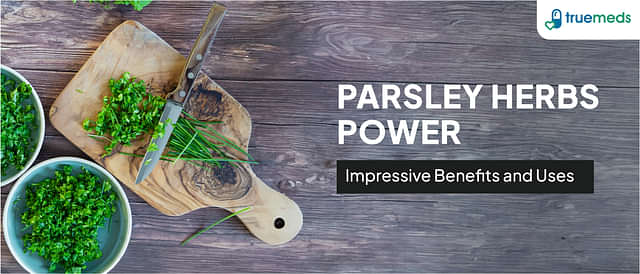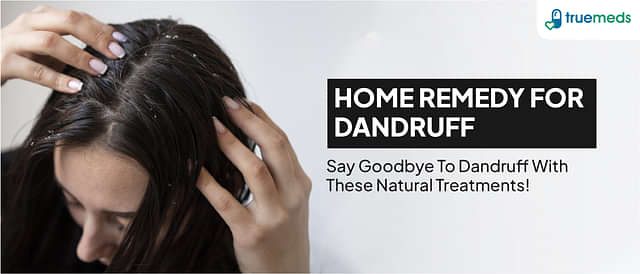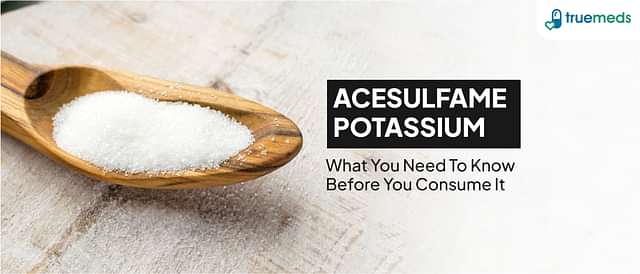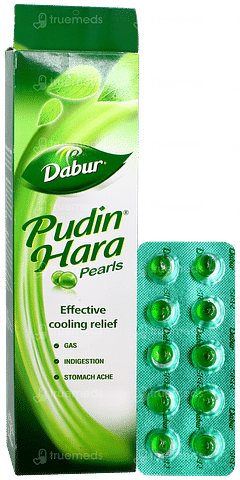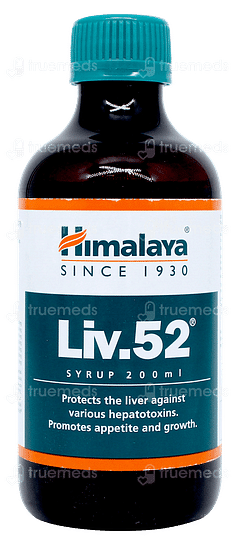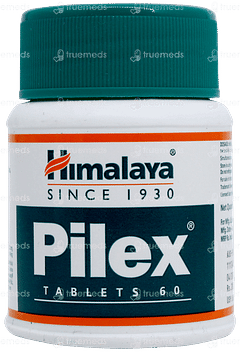Tea Tree Oil
Tea tree oil, a versatile and widely used essential oil derived from the Melaleuca alternifolia plant native to Australia, is renowned globally for its potent medicinal and cosmetic properties. It has been used in traditional medicine for centuries. It is also commonly used in households due to its versatile applications, such as acne treatment, combating fungal infections, and promoting healthy hair and skin. Today, with ever-increasing popularity in traditional and modern skincare, tea tree oil remains a popular natural remedy for many illnesses.
Last updated on : 04 Aug, 2025
Read time : 13 mins
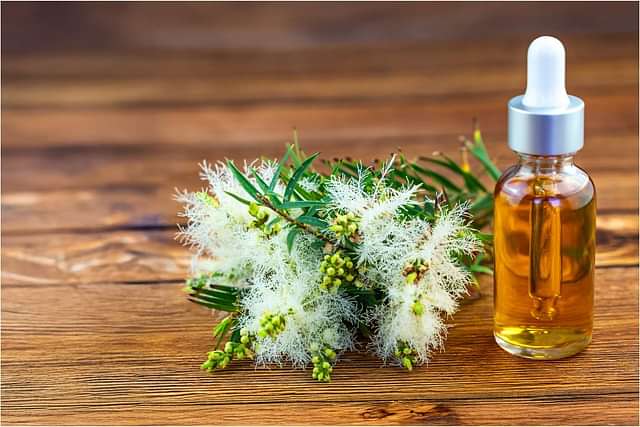
What is Tea Tree Oil?
Tea tree oil is otherwise called melaleuca oil. It is an essential oil extracted from the leaves of a plant called Melaleuca alternifolia, scientifically called a tea tree. This oil has been grown in Australian swampy regions for decades and has always been appreciated for its potent antibacterial, antifungal, and anti-inflammatory powers. Traditionally, the natives use the leaves of tea trees to treat cough and colic, to heal wounds, and to calm down skin problems. With time, it spread globally, and today, it is used in many cosmetic and medicinal products for its healing capacities in nature.
However, in addition to being a highly sought-after topical remedy, it is also noted for its antimicrobial property, which qualifies the oil to treat many topicals and infections. From helping combat acne to soothing irritated scalps, these are but some of its vast and versatile applications, making it one of the most sought-after oils worldwide.
Quick Facts
| Feature | Details |
| What is tea tree oil? | It is a colourless to pale yellow liquid extracted from the leaves of Melaleuca alternifolia, which is widely recognized for its antimicrobial and anti-inflammatory properties. |
| Origin | Natively Australian, specifically from the coastal regions of New South Wales and Queensland. |
| Common Use | It is applied to treat acne, dandruff, fungal infections, and minor wounds, and it is also a natural disinfectant. |
| Chemical Composition | Some compounds in tea tree oil, like terpinen-4-ol, cineole, alpha-pinene, and terpenes, have been proven to have strong antimicrobial and healing properties. These compounds provide tea tree oil's characteristic scent and enhance its efficacy. |
| Alternative Names | Also known as Melaleuca oil, Australian tea tree oil, and Tea tree essential oil |
| Health Benefits | It has many benefits for skin health, treating acne and fungal infections, controlling dandruff, and healing wounds. |
| Forms Available | It is available as oil, soap, shampoo, creams, and lotions. |
| Recommended Dosage | 2-5 drops are used for topical application, though always diluted with a carrier oil. Dosage may vary depending on the condition for which it is being treated. |
| Precautions | Must be diluted before use. Avoid oral intake. Patch test for allergies. Consult a healthcare provider in case of pregnancy or breastfeeding. |
| Side Effects | It may irritate the skin, cause allergic reactions, or burn if not diluted. Highly toxic if ingested. |
| Storage | Keep in a cool, dark place in tightly sealed containers to preserve potency and prevent degradation. |
Alternative Names of Tea Tree Oil
Tea tree oil can be referred to by various names depending on locality and dialect. The names are mainly based on the Melaleuca alternifolia from which the oil is extracted. Some of the most common alternative names include;
- Melaleuca oil
- Australian tea tree oil
- Essential oil of tea tree
- Oil of Melaleuca
Source of Tea Tree Oil
Melaleuca alternifolia is a tree that grows in Australia's coastal areas of New South Wales and Queensland. It is from this tree that tea tree oil is derived. Steam distillation separates the oil from the leaves of this plant by capturing natural plant compounds. The oil is typically pale yellow with a camphor-like scent.
Health Benefits of Tea Tree Oil
Essential oil has many health benefits due to its broad-spectrum action, which comprises both antimicrobial and anti-inflammatory properties. Whether for skin conditions, infections, or inflammatory diseases, it often falls as a natural remedy for tea tree oil. Here are some of the prominent health benefits of this essential oil:
1. How Does Tea Tree Oil Benefit Acne Treatment?
Tea tree oil is one of the most used natural remedies for acne. As an antibacterial, it fights the bacteria causing acne and dries out the pores that cause the condition. This means it limits breakouts due to inflammation. It has the added advantage of drying whiteheads, blackheads, and other blemishes without causing irritation and dryness like synthetic treatments for acne are notorious for. Research has revealed that tea tree oil can be at par with benzoyl peroxide in treating acne.
2. What Advantages Does Tea Tree Oil Offer for Fungal Nail Infections?
It can be a common but brutal infection, and the oil's antifungal properties make it an effective treatment. Tea tree oil applied to the infected nail helps fight the growth of fungi, reduces discoloration of the nail, and improves its general appearance. In some cases, consistent application for several weeks is necessary before seeing healthy nail restoration with no side effects commonly associated with chemical treatments is possible. Regular use may prevent reoccurrence.
3. What Advantages Does Tea Tree Oil Offer for Dandruff?
Dandruff, often caused by an oily scalp and yeast overgrowth, can be effectively managed using tea tree oil. The oil has antifungal properties that combat yeast on the scalp, reducing flakiness, itching, and irritation. Regular tea tree oil-infused shampoo can help balance scalp oils and maintain a healthy scalp environment, preventing dandruff from recurring.
4. What Advantages Does Tea Tree Oil Offer for Treating Athlete’s Foot (Tinea Pedis)?
Athlete's foot, or tinea pedis, is a fungus infection causing peeling, itchiness, and discomfort in the interspace between the fourth and fifth toes. Due to its extreme antifungal properties, one can use tea tree oil to alleviate the effects and prevent the spread of the disease. Applying the oil diluted to a suitable concentration to the infected areas will accelerate recovery and diminish itching and swelling.
5. What Advantages Does Tea Tree Oil Offer for Treating Fungal Infections?
Another application of tea tree oil is against various fungal infections, including ringworm and jock itch, apart from athlete's foot and nail infections. Most infections are caused by dermatophytes, fungi that thrive in warm, moist environments. Tea tree oil kills the fungi and prevents their spread to other body parts.
6. What Advantages Does Tea Tree Oil Offer for a Sore Throat?
Although not consumed, the oil can be taken in gargle form (diluted) to help heal a sore throat caused by bacteria or fungi because of its anti-inflammatory and antimicrobial properties. It helps reduce inflammation in the throat and attack the infection. However, it should never be ingested since it will poison the system if swallowed.
7. What Advantages Does Tea Tree Oil Offer for Treating Vaginal Fungal Infections?
There are other applications of tea tree oil, too, which are an herbal remedy for yeast infections within the vagina. While it targets antifungal activity, it reduces burning itchiness and discharge, for example. Most women would use tea tree oil suppositories; however, they should only do this under the guidance of a healthcare provider to avoid irritation or worsening of the condition.
Safety Measures for Using Tea Tree Oil
Even though there is much praise for tea tree oil, one has to use it properly. The following are some precautions you should note.
- Dilution: It should be diluted with a carrier oil to avoid irritation or allergic reactions on the skin.
- Avoid ingestion: Tea tree oil is poisonous to humans if ingested. Even a small amount may cause severe reactions, including confusion, vomiting, and diarrhea.
- Pregnancy and breast-feeding: Topical application might be safe for pregnant and breastfeeding women, but the patient should first seek her healthcare provider's opinion before using tea tree oil.
- Allergic conditions: A patch test is advisable for people with sensitive skin before using tea tree oil. It helps check for redness, swelling, and irritation symptoms. Its use should be stopped if such a condition arises.
- Children and pets: Keep tea tree oil in a secure, out-of-reach place for children and pets.
- Individuals with respiratory conditions, such as asthma, should consult a healthcare provider before use due to possible irritation.
How to Use Tea Tree Oil
Tea tree oil is used in various ways, including in skincare, hair, and home remedies. It comes in soap, oil, shampoo, and cream. The method of application will dictate what benefits are associated with that form. Below is a holistic guide on using tea tree oil in many forms.
1. Spot Treatment for Pimple
Tea tree oil is also known for its antibacterial properties. Hence, it will do a marvellous job as a pimple spot treatment.
Steps to use:
- Dilute 2-3 drops of tea tree oil with a carrier oil. Coconut and jojoba oil are perfect; smear the mixture onto the affected skin using a cotton swab.
- Apply the mixture and let it absorb into your skin overnight for best results if skin sensitivity is not an issue.
This application fights pimples and prevents bacteria from spreading, providing a clearer complexion for your skin.
2. Dandruff Control Shampoo
Tea tree oil has been used as an effective treatment for dandruff and many other scalp conditions. The oil's antifungal properties can help balance out the oil levels in the scalp and reduce flakes.
Steps to use:
- Add 5-10 drops of tea tree oil to your usual shampoo.
- Massage the preparation into your scalp for 3-5 minutes.
- Rinse well and use 2-3 times per week.
This treatment efficiently relieves dandruff and encourages a healthy scalp, reducing irritation and itching.
3. As Skin Soother Soap
Tea tree oil soaps can be used daily washing in your shower or bath to gradually and organically calm your irritated skin and fight germs.
Steps to use:
- Apply the tea tree oil soap right during the shower or bath.
- Massage it onto the skin, but pay special attention to areas with blackheads or acne and oilier areas.
- Wash off well and let dry.
Soap from tea tree oil exfoliates but will also calm and clean out the skin.
4. As a Nail Fungus Medication
Tea tree oil can prevent fungal infections of the nails because of its antifungal properties.
Steps to use:
- Use 1-2 drops directly on the nail area without diluting.
- Steep it, then do this twice a day.
Using it daily kills the fungal growth, and your nails can be healthy again.
5. As A Household Sanitizer
It can be used as a sanitizer in a home because of its antimicrobial properties.
Steps to use:
- Mix 10-15 drops of the tea tree oil with water in a spray bottle.
- Spray on countertop surfaces, doorknobs, or bathroom surfaces.
It cleans the house effectively, eliminating dirt without chemicals, thus providing a hygienically clean home.
Recommended Dosage of Using Tea Tree Oil
The dosage of tea tree oil consists of what condition is being covered and how it will be applied. For topical application, a person must always dilute the usage with carrier oil, such as coconut or jojoba oil, to avoid irritating the skin.
- For acne application, 2-3 drops of tea tree oil mixed with a carrier oil is applied directly on the blemishes.
- Add 5-10 drops of this tea tree oil to your shampoo and massage this shampoo well onto your scalp to reduce dandruff.
- 1-2 drops of undiluted tea tree oil applied onto the affected nail once to twice a day is the proper application for nail infections.
- A few drops of tea tree oil added to a carrier oil with the application on the feet twice daily can treat an athlete's foot.
- Before using the product for the first time, you should test the tea tree oil on a small area to be sure it will not cause an allergic reaction.
Side Effects of Tea Tree Oil
Tea tree oil is nontoxic and relatively safe when used externally. It is unsafe when pure, undiluted tea tree oil is applied to the skin. Common side effects of applying undiluted tea tree oil include:
- Skin irritation: skin redness, itches, or burns, especially if your skin is extremely sensitive.
- Allergic reactions: Several people have been proven to experience allergic reactions to contact dermatitis in the form of a rash and associated irritation.
- Poisoning when ingested: Tea tree oil ingestion can seriously cause health-related complications such as nausea, confusion, or drowsiness.
- Eye irritation: Tea tree oil should be kept away from the eyes since it may seriously cause irritation coupled with burning.
- Tea tree oil should not be applied to broken skin or mucous membranes to avoid irritation.
Key Takeaways
- Tea tree oil is a natural remedy known for its strong antimicrobial, antifungal, and anti-inflammatory capabilities.
- It treats diseases such as acne, fungal infections, dandruff, and sore throat.
- Always dilute with a carrier oil when applied to the skin to avoid irritation.
- Always conduct a patch test before full application to ensure skin compatibility.
- Never ingest tea tree oil, as it is poisonous.
Conclusion
In conclusion, tea tree oil is a powerful natural remedy with a wide range of medicinal and cosmetic applications. From treating acne and fungal infections to supporting scalp and skin health, its therapeutic benefits are backed by both traditional use and modern science. Easy to incorporate into daily routines, this essential oil offers a natural alternative for many common health and skincare concerns. With its proven antibacterial, antifungal, and anti-inflammatory properties, tea tree oil continues to be a trusted solution in households and holistic care across the globe.
FAQs
Does tea tree oil help with pigmentation?
Is applying tea tree oil directly to the skin safe?
Is it possible for tea tree oil to cause a burning sensation on your skin?
What advantages does tea tree oil offer for hair?
Are there any health benefits associated with tea tree oil?
Does tea tree oil work to treat lice infestations?
Can tea tree oil aid in reducing acne scars?
Is it possible to use tea tree oil to treat burns?
Is tea tree oil safe to use around the eyes?
References
- Tea Tree Oil - an overview | ScienceDirect Topics. (2010). Sciencedirect.com. https://www.sciencedirect.com/topics/agricultural-and-biological-sciences/tea-tree-oil
- Carson, C. F., Hammer, K. A., & Riley, T. V. (2006). Melaleuca alternifolia (Tea Tree) Oil: a Review of Antimicrobial and Other Medicinal Properties. Clinical Microbiology Reviews, 19(1), 50–62. https://doi.org/10.1128/cmr.19.1.50-62.2006
- National Center for Complementary and Integrative Health. (2020, October). Tea Tree Oil. NCCIH. https://www.nccih.nih.gov/health/tea-tree-oil
Explore other categories
Related Health Articles
Latest health articles
Top Health Essentials
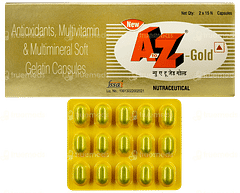
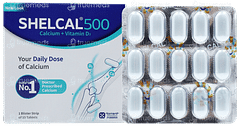
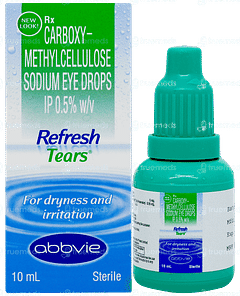
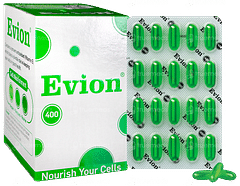
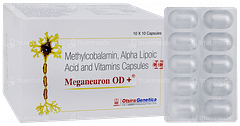
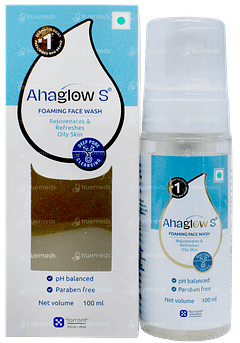

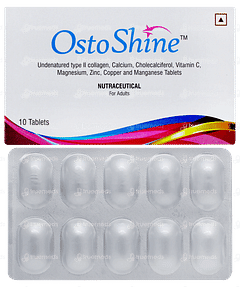
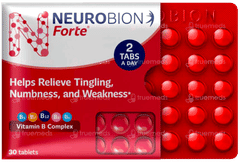
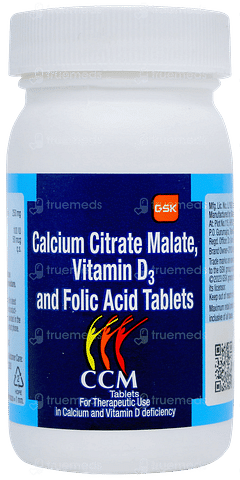
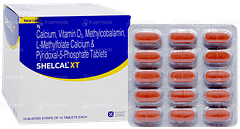
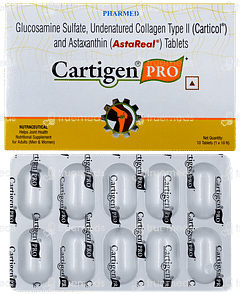
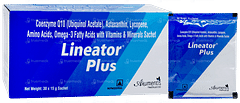
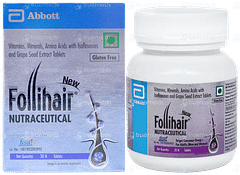
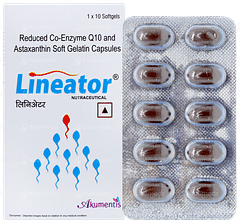
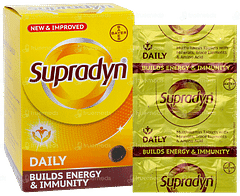
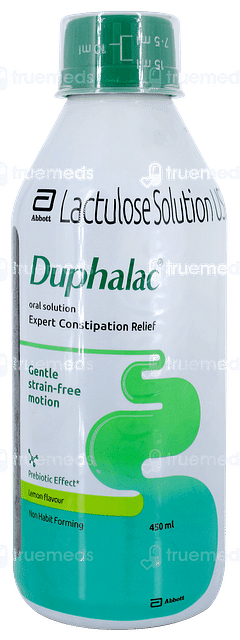
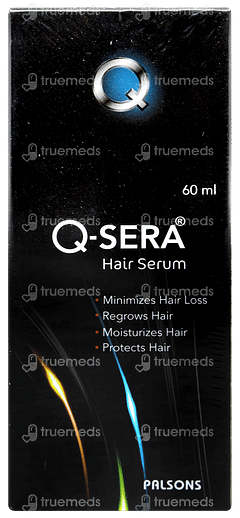
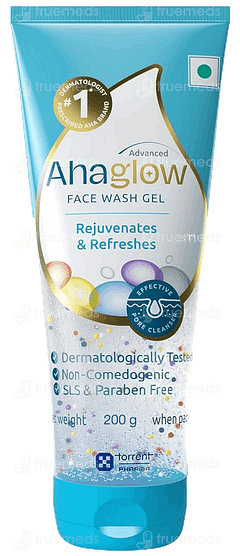
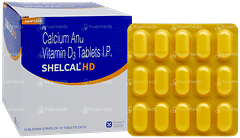
Top-selling ayurvedic products
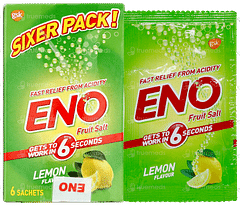
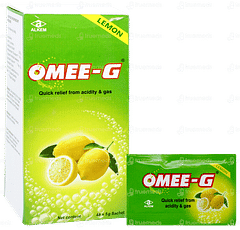
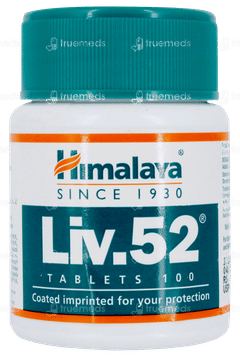
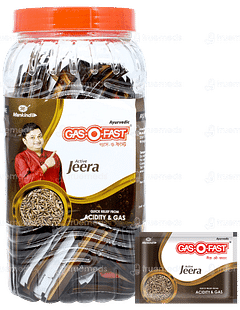
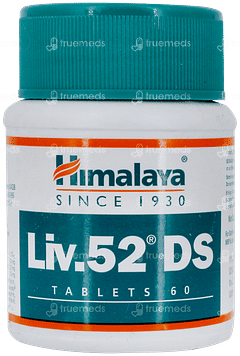
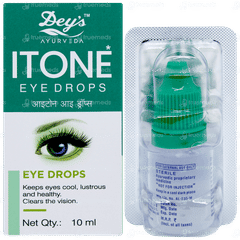
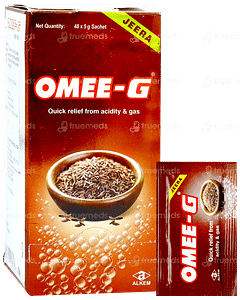
Disclaimer
Top-Selling Medicines:
...View more
Top-OTC medicines:
...View more
Top-selling healthcare devices:
...View more
Company
About UsHealth ArticleHealth StoriesHealth LibraryDiseases & Health ConditionsAyurvedaUnderstanding Generic MedicinesAll MedicinesAll BrandsNeed HelpFAQSecuritySubscribe
Registered Office Address
Grievance Officer
Download Truemeds
Contact Us
Our customer representative team is available 7 days a week from 9 am - 9 pm.
v4.10.1
2025 - Truemeds | All rights reserved. Our content is for informational purposes only. See additional information.
Our Payment Partners









